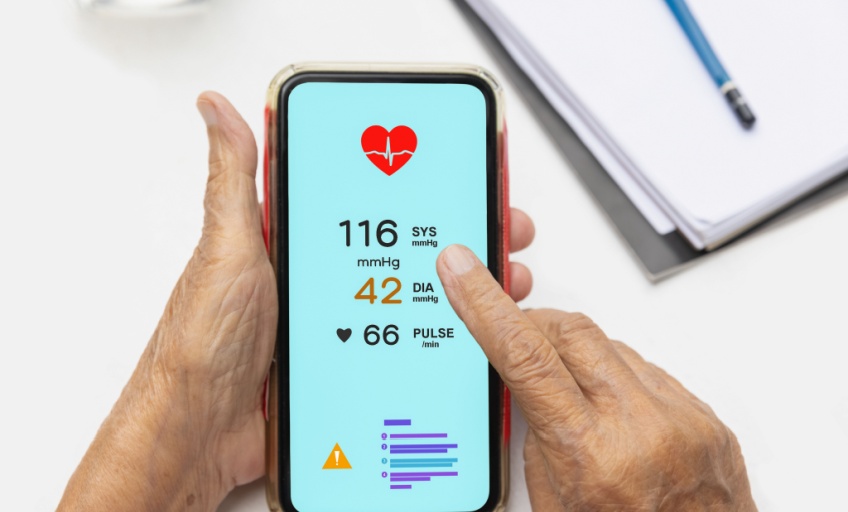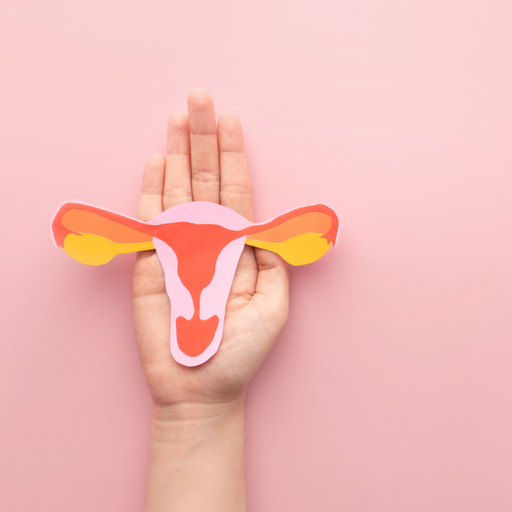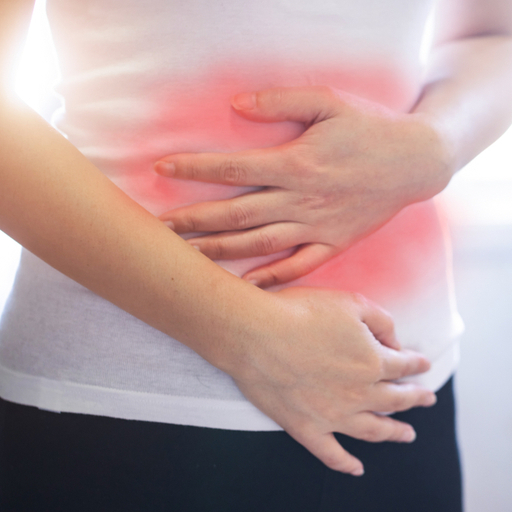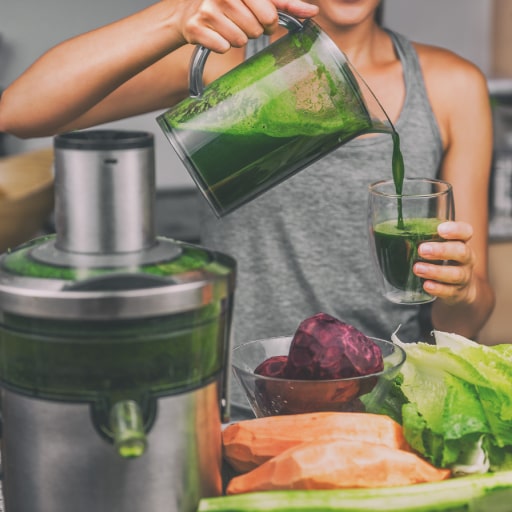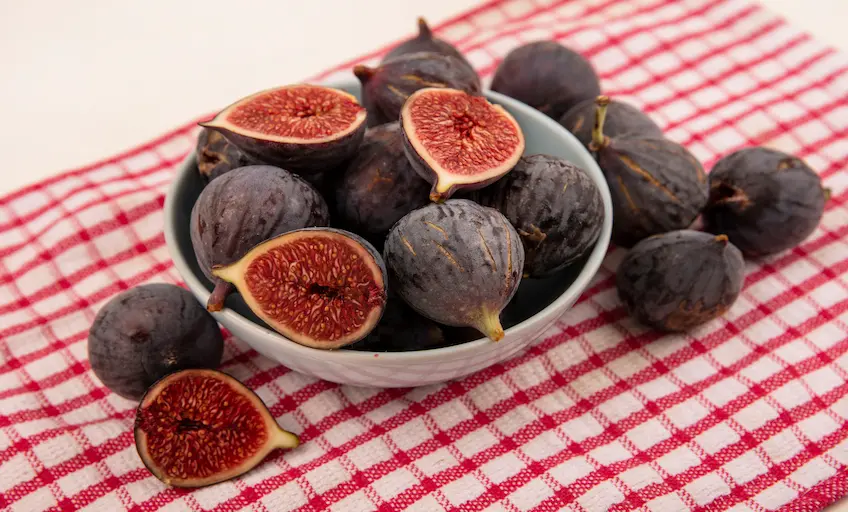Your blood pressure levels depend largely on your lifestyle and existing health conditions. However, it can also be impacted by your age and gender. Read on to find out what normal age-wise blood pressure is and how to maintain healthy blood pressure.
What is blood pressure?
The primary function of the arteries is to carry blood from the heart to other parts of the body. Blood pressure is the pressure of blood pushing against the walls of your artery. It is a chronic lifestyle condition, an important indicator of your cardiovascular health. High blood pressure (or hypertension) can increase the risk of severe health issues, such as heart attack, stroke, and kidney disease. Conversely, low blood pressure (or hypotension) can also lead to health problems.
You can measure an individual’s blood pressure using a sphygmomanometer or an electric blood pressure monitor.
What are the types of blood pressure categories?
A blood pressure reading features two numbers, which is an indication of systolic and diastolic blood pressure. Here’s how these blood pressure readings can indicate your health.
-
Systolic Blood Pressure
Systolic blood pressure measures how much pressure your blood exerts on the artery walls. When your heart contracts, it releases blood into the circulatory system, which increases the pressure on the artery. This pressure change occurring with every heartbeat is measured by systolic blood pressure.
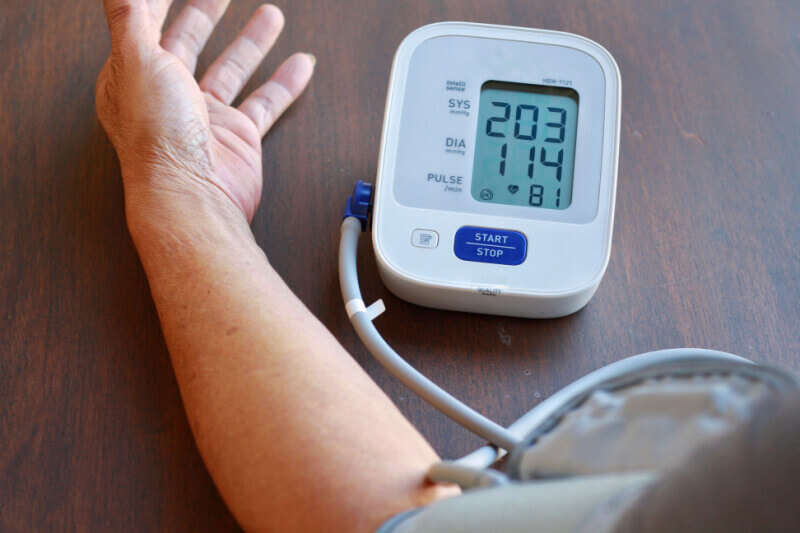
-
Diastolic Blood Pressure
The diastolic blood pressure reading measures the pressure when your heart rests. It can measure the lowest pressure in between heartbeats.
When you take a blood pressure test, your reading will include values for both these measurements. You can add them to the Online Blood Pressure Calculator to determine whether your reading is within the normal range.
Who is at risk for high blood pressure?
Several factors can increase the risk of developing high blood pressure, some of which are mentioned below:
- An unhealthy diet high in sodium and saturated fats (Fried, processed, junk, and oily foods) and low in potassium can put you at risk for high blood pressure.
- Being overweight or obese means your heart has to work harder to pump blood and oxygen around your body, which can stress your heart and blood vessels. Obesity is associated with high levels of low-density lipoprotein (bad cholesterol) and less high-density lipoprotein (good cholesterol).
- Drinking alcohol can increase your blood pressure, and smoking tobacco can damage the heart and blood vessels.
- Blood pressure can also be genetic. If one or both of your parents have blood pressure, it is more likely for you to develop it.
- A sedentary and inactive lifestyle can also result in high blood pressure.
Normal blood pressure for your age and gender
Your gender largely determines your normal age-wise blood pressure level. However, it can also be affected by your ethnicity or race. Here’s a table with the normal blood pressure readings for people in different age groups and gender. Refer to the age-wise blood pressure readings mentioned below.
|
Age |
Gender | Systolic Blood Pressure | Diastolic Blood Pressure |
| 21-25 | Male | 120.5 | 78.5 |
| Female | 115.5 | 70.5 | |
| 26-30 | Male | 119.5 | 76.5 |
| Female | 113.5 | 71.5 | |
| 31-35 | Male | 114.5 | 75.5 |
| Female | 110.5 | 72.5 | |
| 36-40 | Male | 120.5 | 75.5 |
| Female | 112.5 | 74.5 | |
| 41-45 | Male | 115.5 | 78.5 |
| Female | 116.5 | 73.5 | |
| 46-50 | Male | 119.5 | 80.5 |
| Female | 124 | 78.5 | |
| 51-55 | Male | 125.5 | 80.5 |
| Female | 122.55 | 74.5 | |
| 56-60 | Male | 129.5 | 79.5 |
| Female | 132.5 | 78.5 | |
| 61-65 | Male | 143.5 | 76.5 |
| Female | 130.5 |
77.5 |
Your blood pressure can vary throughout the day depending on your meals or stress levels. That’s why you should try and test your blood pressure 2-3 times a day.
How to control your blood pressure?
On taking a blood pressure test, you can determine whether your blood pressure range is above or below a standard limit. You can follow certain precautions to ensure that you maintain a normal blood pressure level. Follow these normal blood pressure tips:
For low blood pressure:
- Consume lots of fluids, especially when you have the flu
- Avoid alcoholic drinks
- Exercise regularly to improve blood flow
- Avoid standing for a long time or standing up too quickly
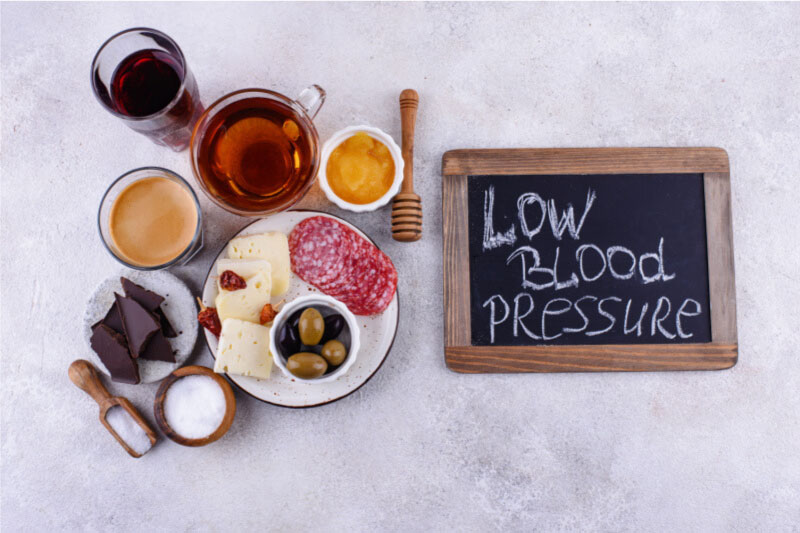
For high blood pressure:
- Quit smoking
- Try low-sodium diets like DASH (Dietary Approaches to Stop Hypertension), a healthy eating plan that can help lower blood pressure
- Eat potassium-rich foods like bananas
- After the age of 35, regularly monitor blood pressure
- Cut down on caffeine
- Practise mindfulness meditation, yoga, and breathing exercises to reduce stress
Check your blood pressure at home
You can take age-wise blood pressure measurements at home periodically to determine if the readings consistently fall within the acceptable range by age and gender.
- Use a blood pressure monitor that goes around your upper arm. Readings from devices that attach to your finger or wrist may not be as accurate. The monitor should inflate automatically and have a large readout that’s easy to see.
- Don’t consume caffeine or alcohol in the 30 minutes before taking your reading.
- Sit calmly in a chair with a supported back and uncrossed legs for five minutes before checking your blood pressure.
- Support your arm at the heart level approximately.
- Put the blood pressure cuff over bare skin.
- Don’t talk or move, as it can affect blood pressure readings.
- Take one reading, leave the cuff on, and stay still, then take a second. If the readings are similar, average them. If not, take a third reading and average the three.
- Record the average reading, along with the time of day.
Get your readings through our Online Blood Pressure Calculator. Now that you know what your blood pressure should read depending on your age, opt for healthy lifestyle choices to keep this chronic lifestyle condition at bay.
Key Takeaways
- High blood pressure (or hypertension) or low blood pressure (or hypotension) can cause health problems.
- An unhealthy diet, being overweight, drinking alcohol, genetics, and a sedentary lifestyle can result in high blood pressure.
- To counteract low blood pressure, drink fluids, avoid alcohol, and exercise regularly. Similarly, for high blood pressure, quit smoking, try a DASH diet, and practise mindfulness.
Stay tuned to the Activ Living Community. Keep up to date with the latest health tips and trends through expert videos, podcasts, articles, and much more on nutrition, fitness, mindfulness, and lifestyle conditions like Asthma, Blood Pressure, Cholesterol, and Diabetes. Activ Living ke saath sahi sehat ki shuruat ABHI karo.
You may also be interested in the following blogs:
- What Is Systolic And Diastolic Blood Pressure? How To Measure Blood Pressure?
- Which Devices Can Help You Measure Blood Pressure Levels At Home?
Popular Searches
How to lower blood pressure | Fruits good for liver | Unhealthy foods | Ragi Benefits | Basal Metabolic Rate | Acupressure points for High Blood Pressure | Ayurvedic medicine for blood pressure | How to control cholesterol at home | Homeopathy for Asthma | Biological Age | Home remedies for TB | Natural beta blockers | Negative effects of internet | Types of walking | Blood pressure calculator | Blood sugar calculator | BMI Calculator





 1800-270-7000
1800-270-7000

